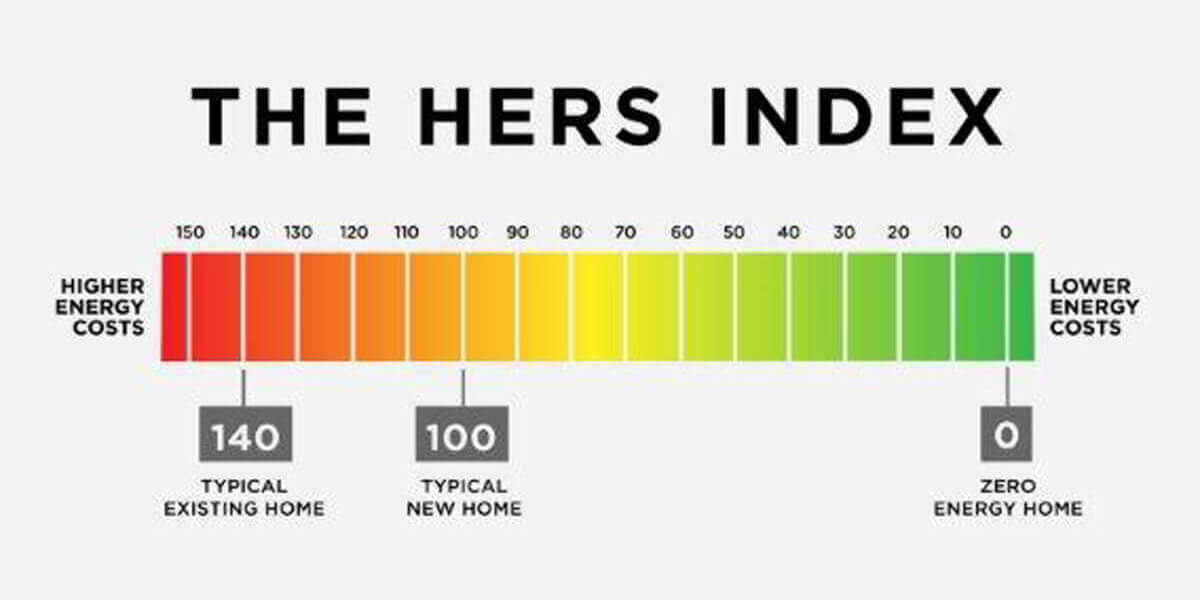When you think of saving money on your heating bill, insulation might be the first thing that comes to mind. What many people don’t know is that air sealing also plays a part in saving energy in your home.
Air leakage is simple: outside air leaks from one place to another throughout your home, either pulling cold air into your home in the winter, or warm air in during the summer months. This constant movement of air is caused by two separated bodies of air with different temperatures, and enough pressure to push the air through the dividing barrier.
The outside air is carried through the home’s external walls, which makes the air inside closer to the temperature of the outside air. Air leakage can occur either from outside to inside (infiltration) or vice versa (exfiltration). The rate of the airflow depends on the size of the hole it travels through and on the pressure difference between each side of the barrier. The bigger the hole and the greater the pressure difference, the faster the rate of airflow. To balance out the difference in pressures, air rushes in and out of the hole.
There are two different kinds of leakage: direct and indirect. When the air drives directly into the home, it is direct air leakage. If air first travels into cavities within the building frame and exits at a different location than it entered, the air leakage is indirect. Indirect air leakage commonly occurs in attics and crawl spaces where there is more room for air to flow.
Although you’d like to believe that a barrier (such as concrete blocks or brick) prevents air from entering your home, air can still leak through the building materials themselves. These segmented materials are less airtight then a continuous material such as properly sealed drywall. The pores within the material and the space between each piece act as a transporter for air trying to break in. While a brick wall may look sturdy, air can still sneak through the cracks.
Various pressures force air through barriers. These can include exhaust fans, wind, furnace blowers, chimneys, and the stack effect. In the stack effect, the density difference between warm and cool air pulls cool air into the home. The less-dense warm air rises to the top of the structure and exits through holes in the roof and attic. The warm air’s movement exerts an upward pressure that sucks cooler, denser air in from the lower levels. The result: heat loss in your home. Air sealing targets the source of these pressures to stop their actions.
The good news is, we can test for air leakage and fix it through air sealing. Since leakage is usually greatest at the seams of a building, doors and windows are the biggest focus. There are also many holes (a result of damaging exterior weather, remodeling, and other modifications) in walls and ceilings that need to be patched. We can now seal off air leakage with certainty after finding where the flow starts, eliminate the guesswork from air sealing. We pinpoint the largest and smallest locations of air leakage in every home by utilizing pressure differences found by a device known as a blower door.
Air sealing conserves energy in our homes by stopping both direct and indirect leakage. Along with sealing, insulation is necessary for regulation heat in a home. Paired together, air sealing and insulation save energy in your home by controlling both airflow and heat.
Air sealing is an easy way to save money and energy in your home, without making huge alterations. Contact Dolphin today for a free home energy assessment.















